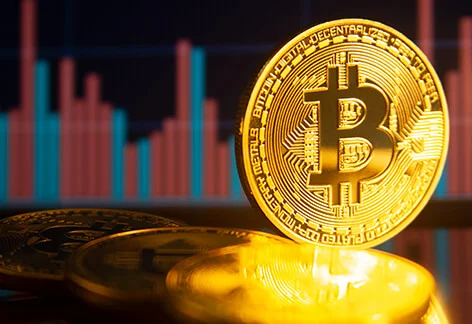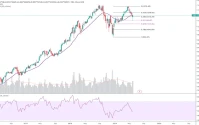Generated Title: Bitcoin's $30K Plunge: Trump's Tariffs or a Market Correction?
Decoding the Bitcoin Dip
Bitcoin's recent tumble—a drop from its October high of $126,251 to below $93,714—has left investors scrambling for answers. The narrative being pushed is that Trump's tariff announcement triggered the sell-off. But is it really that simple? Let's dissect the data.
The immediate aftermath of the tariff announcement did coincide with record liquidations. But correlation isn't causation. We need to look beyond the headlines and examine the underlying market dynamics. For most of the year, institutional buyers fueled Bitcoin's rise, pouring over $25 billion into ETFs. Now, that flow appears to be slowing. Are allocators stepping aside? Are corporate treasuries losing their appetite?
Anecdotal evidence from Telegram groups and trading desks suggests a shift in sentiment. Conversations point to cautious capital deployment and a market waiting for its next catalyst. The MarketVector gauge of smaller digital assets is down around 60% this year. That's not just a "pullback"; that's a bloodbath in certain corners of the crypto world.
But here's where I find a potential flaw in the prevailing narrative: the focus on Trump's tariffs as the sole trigger. Global crypto ETPs saw $2 billion in weekly outflows, the largest since February. BlackRock's Bitcoin ETF Sheds Record $463M as Crypto Funds See Worst Week Since February BlackRock’s IBIT (a major bitcoin stock) logged a record $463 million one-day outflow on November 14. The U.S. accounted for 97% of global outflows, about $1.97 billion.
The ETF Exodus and Macro Uncertainty
Those numbers paint a picture of a broader risk-off move, not just a knee-jerk reaction to tariffs. Nicolai Sondergaard, a research analyst at Nansen, suggests that ETF flows are likely to remain tied to macroeconomic direction. If the market is going down, people want to take their money out. Fair enough.

But what is driving the market down? Is it solely tariffs, or are there other factors at play? We're seeing hawkish monetary-policy expectations and crypto-native whale selling adding to the pressure. It's a confluence of negative macro factors – poor employment data, a hawkish Fed stance – that's fueling the fire. Laurent Benayoun, CEO of Acheron Trading, hits the nail on the head: subsequent outflows depend on the confluence of these negative macro factors.
Now, here's a question worth asking: How much of the initial $25 billion influx into Bitcoin ETFs was predicated on the assumption of a continued bull market? And how much was "smart money" looking for a quick profit? As Johnny Garcia, head of institutional growth at VeChain, points out, ETF flows have diverse drivers – portfolio rebalancing, hedging, rotations, arbitrage.
I've seen this pattern before in other asset classes. The initial rush of capital creates a self-fulfilling prophecy, driving up prices and attracting even more investment. But once the tide turns, the exits can be swift and brutal. The problem isn't necessarily the underlying asset (in this case, Bitcoin). The problem is the leveraged positions and the herd mentality that often accompany these types of rallies.
We also need to consider the psychology of the market. Bitcoin traded at a record high of $126,251 in early October. Less than two months later, it's struggling to stay above $90,000. That's a significant loss of value, and it's bound to shake investor confidence. It’s like watching a high-flying tech stock crash back to earth – the initial excitement gives way to fear and uncertainty.
So, What's the Real Story?
The tariff narrative is a convenient scapegoat, but the reality is far more complex. This isn't just about Trump's tariffs; it's about a market correction that was long overdue. The ETF flows are a symptom, not the cause. The underlying issue is a combination of macro uncertainty, leveraged positions, and a shift in investor sentiment. The question now is: how low will it go before the bulls decide to step back in? My analysis suggests we haven't found the floor yet.










